Digital Consumerism by Millennials in Asia
Conversation by eMarketer finds a panel from the UK and U.S to discuss how Millennials are consuming content online touching topics on mellennial media consumption habits, how different are millennials’s media preferences to previous generations and the way marketers are responding to this new behaviour.
Conversation by eMarketer finds a panel from the UK and U.S to discuss how Millennials are consuming content online touching topics on mellennial media consumption habits, how different are millennials’s media preferences to previous generations and the way marketers are responding to this new behaviour.
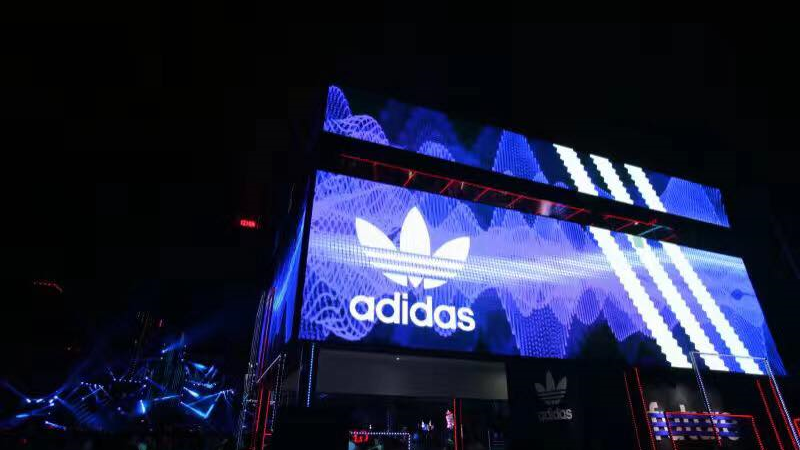
Adidas sets up booth at a local electronic music in China as a mean to get more data to interact with their consumers online.
Millennials are learning, shopping and entertaining themselves via apps, stores and sites online. But does that mean they are no longer visiting a physical store or heading out?
Over in Asia, digital content consumption in the entertainment sector is overtaken by millennials simply due to the fact that apps and websites are effectively a TV, a shopping portal, a live ticket platform for concerts and festivals, F&B outlets, travel portal and most importantly also providing social engagement services – a conclusive ecosystem in the life of a millennial.
In our recent attendance to one of the largest electronic music festivals in China – STORM – organised by A2LiVE, electronic music is as much part of a millennial’s life after food and fashion. A weekend spent at the festival grounds are becoming a norm and festival promoters such as A2LiVE are playing a role enhancing the festival experience by providing brand engagement (like a shopping mall) with the attendance of Adidas, Budweiser, Vogue and other lifestyle brands on the festival ground via Wechat – the mode of communication and brand engagement.
While ads continue to spam cover pages, brands are curating better ads to engage with millennials and are found through tangible exchange between sharing data and getting something back. This way of courtship is based on their interest. Example of an engagement is that they would ‘follow’ a page on Wechat in exchange for a physical gift and this is clearly seen with all brands which have physically set up store at STORM Festival.
Are millennials abandoning TV or Facebook?
Not only millennials are doing it, the general population in any technological developing parts of the world are in ways aggregating media time. We are all consuming TV in different ways – either via Facebook, YouTube, KKBox or any other social media platforms.
Online vs Physical Experience
While most consumers are purchasing a lot more online via platforms such as Amazon and other localised online markets more than any other generation prior to us, purchases are more towards the less-experiential products or tickets to attend events. Ticketing platforms are blossoming as more live event and entertainment companies are expanding to more international purchases targeting physical experiences for millennials. While online stores are a hit, it will never beat a physical store where products can be touched and experienced before purchase. Consumers may also check out products in stores before making online purchases.
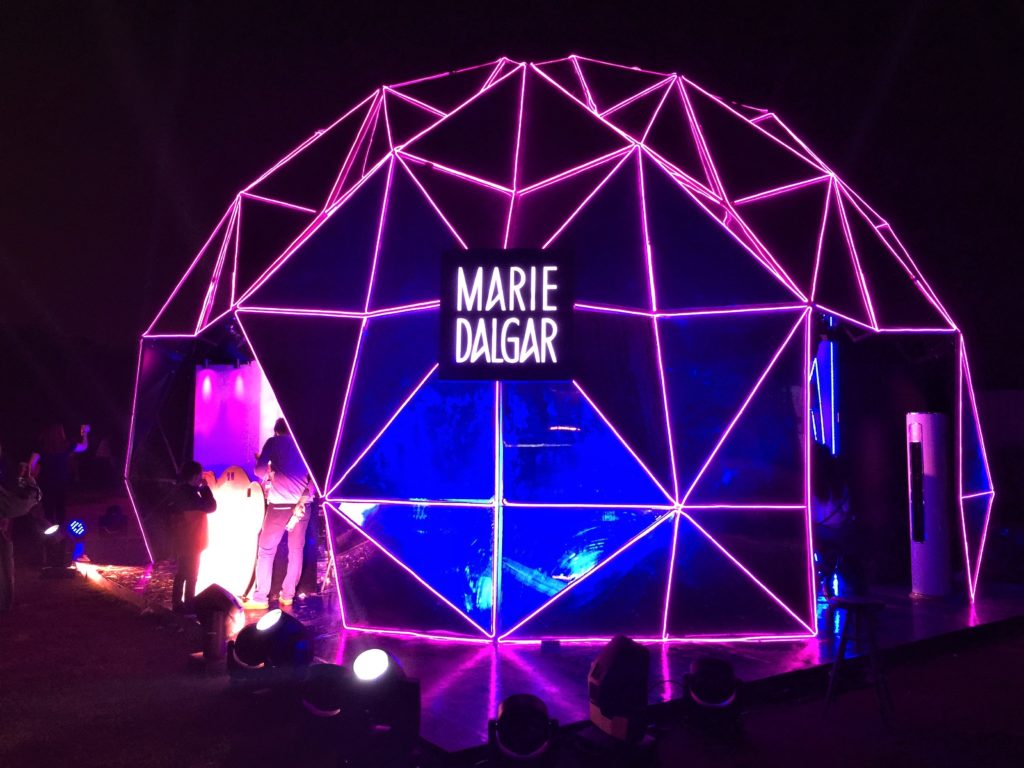
Marie Dalgar let festival goers try on all their latest cosmetic lines for free at STORM Festival while conducting a live make-up tutorial at the festival ground.
Online engagement will never beat LIVE Entertainment experience in Asia. Companies have come to use social media and online engagement as tools to maximise consumer interactions with its products. Moving from TV and print, a new format of engagement is now more visually interactive available via videos on YouTube and other social media platforms where they are endorsed by brands hoping to market their products used by social influencers and users. This free form of advertising is taking the world by storm where products are now reviewed directly by users. That also meant that products can no more ‘hide’ their weaknesses causing more competitiveness between brands.
Asia continues to be the testing grounds for many products hoping to create more interest and consumer interaction with their end users. In line with more technological advancements in providing an entertaining face time with consumers, apps are playing important roles in providing such engagement and Asia proves to be one of the largest mobile and app users worldwide. The fragmented markets with various language mean that there will be more variety of apps focusing on different markets in Asia alone.

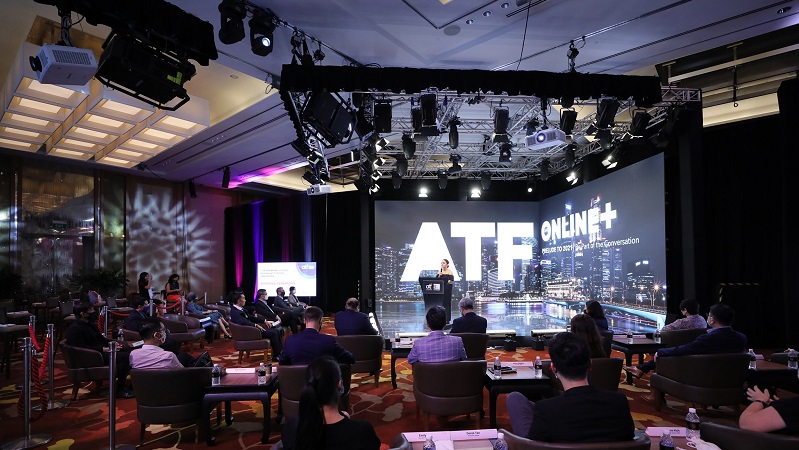
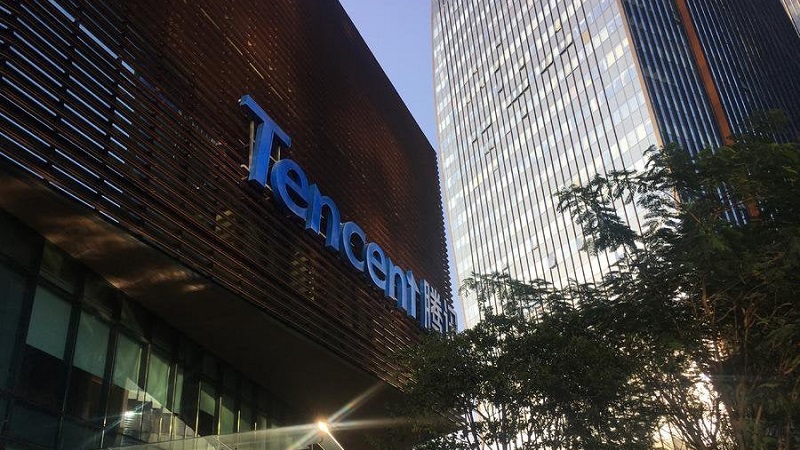
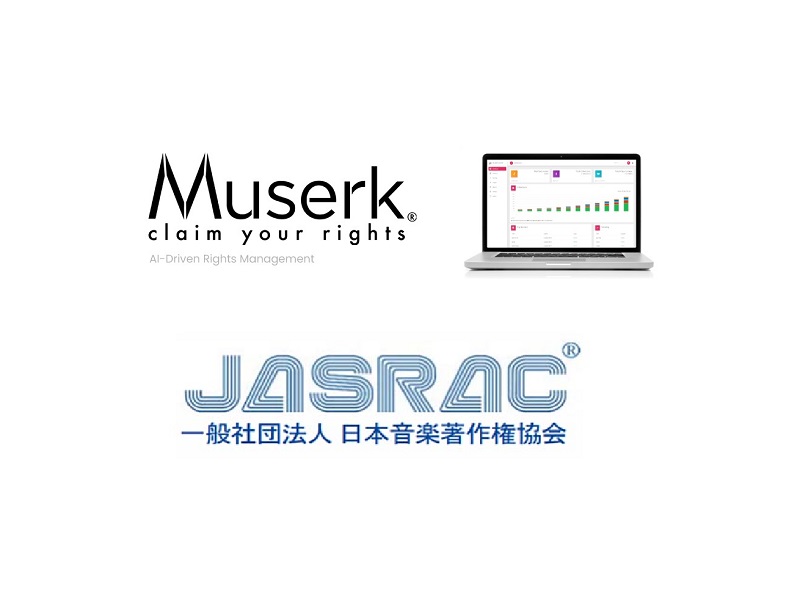


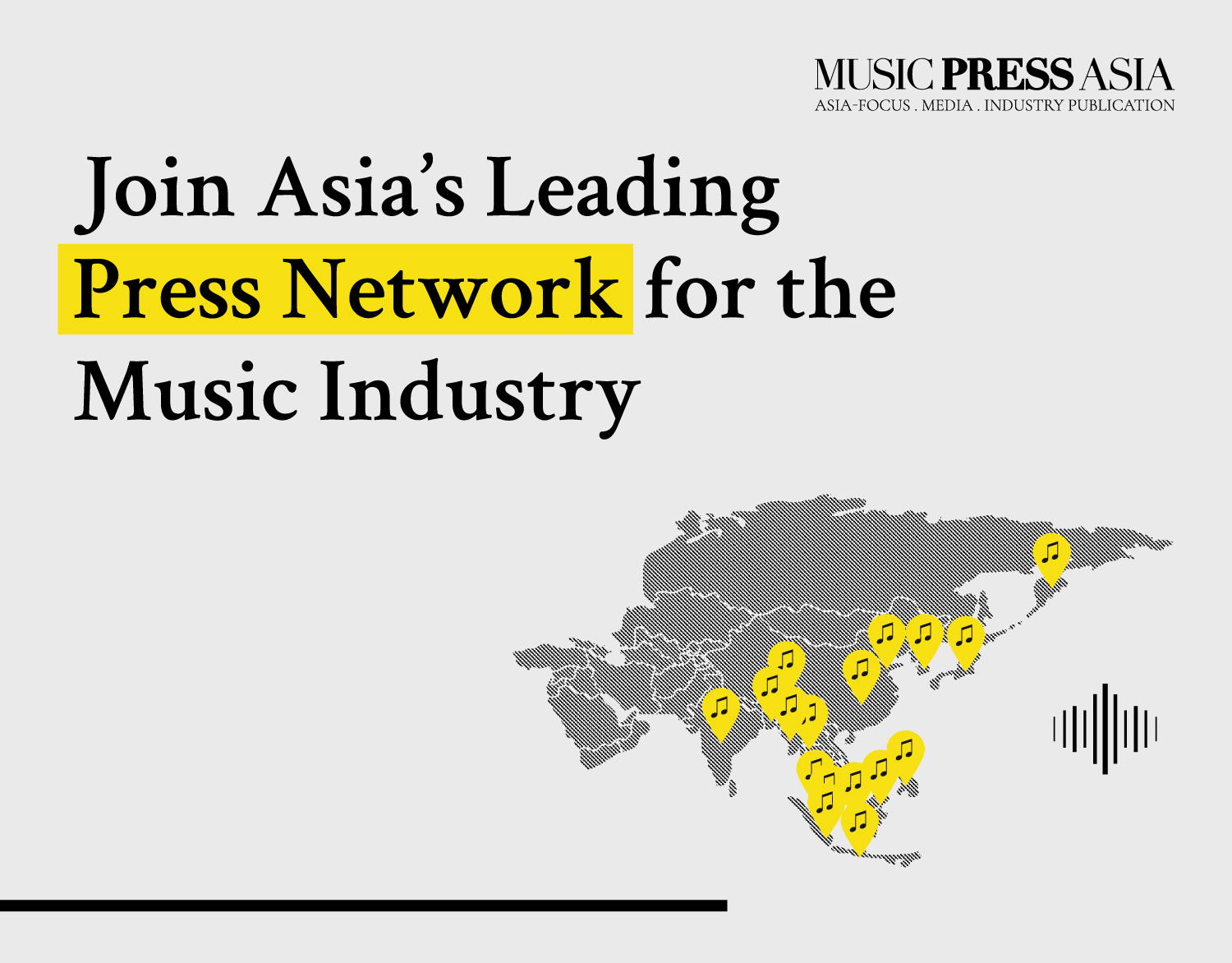







oktafia rachawati putri
October 9, 2017 at 11:53 amthis is really interesting. i believe also the increasing of using of internet, it also increases the trends of live music industries. as long ago, live music events were only popular in some other countries, now such trend is becoming a popular trend in almost every country also, it even becomes a tool for tourism.